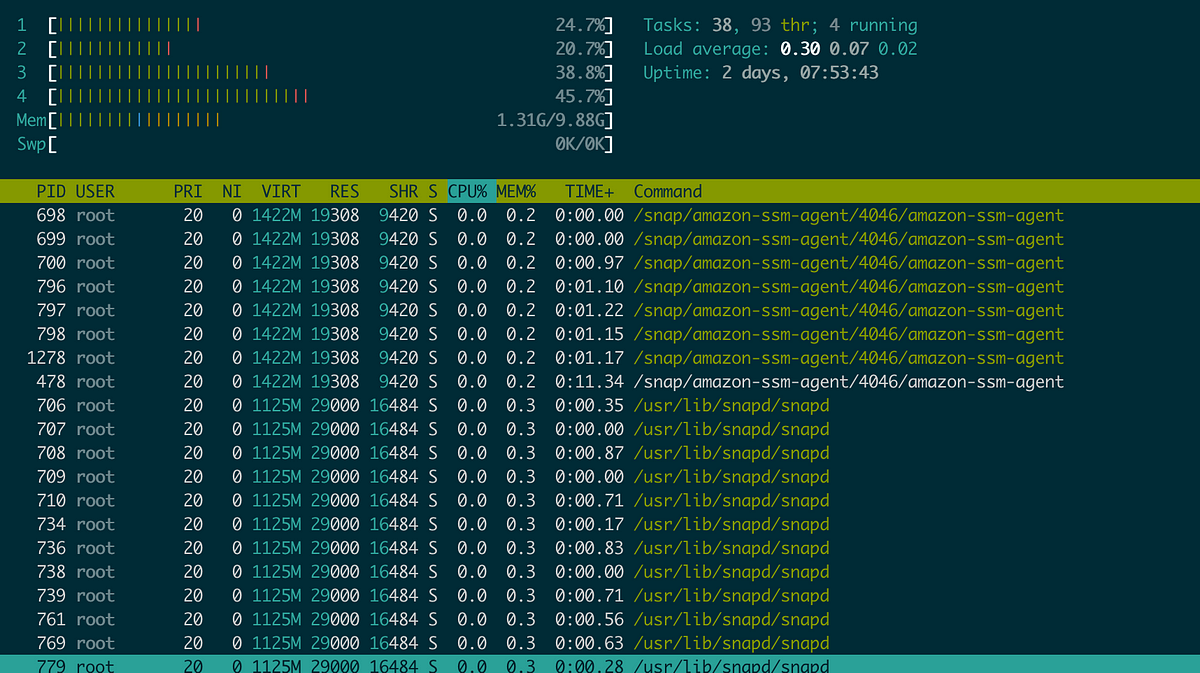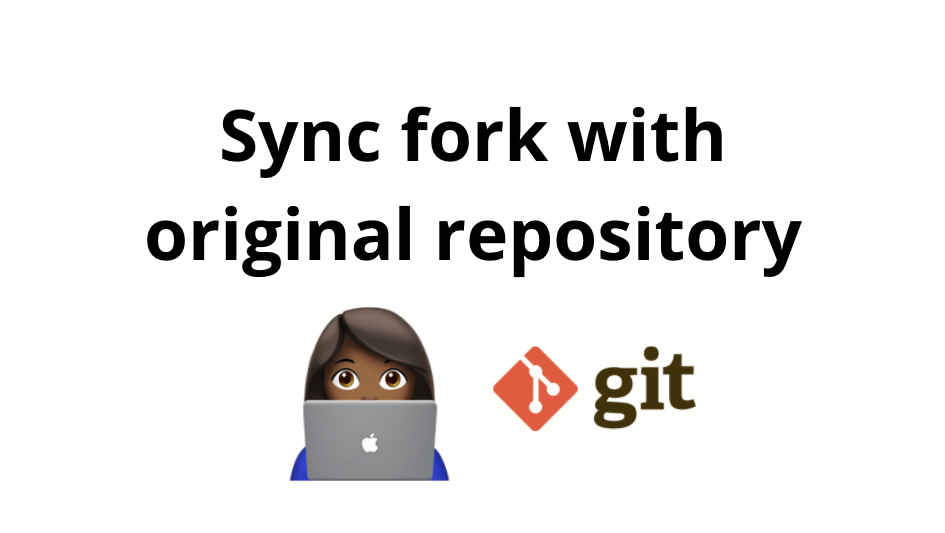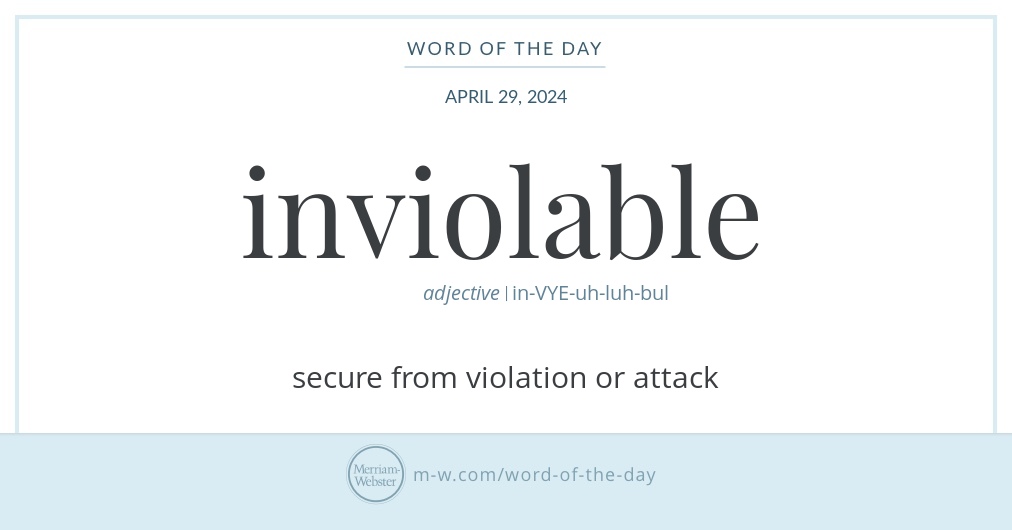
Redis is forked | ★❤✰ Vicki Boykis ★❤✰
I, like many developers who have worked on high-scale, low-latency web services over the last fifteen years, have an intimate relationship with Redis. At any new job, when you ask where the data is, and someone points you to a server address with port 6379, you know you will meet an good, reliable friend there.
When you shell into the redis box or container or pod, you know what you’re going to find. When you run redis-cli, and it, immediately, presents you with the >, you know you’re ready to work. And, when it returns PONG to your ping, you are filled with a sense of ritualistic completion and assurance that it is as ready to read your code as you are to write it.
I have been running ping now across countless Redis installs, across web services written in PHP, in Go, Java, in Python, (unfortunately) Scala, across industries, across space and time, across multiple products that use and have used Redis as cache by default.
I, as a cynical Eastern European, hate almost everything in software. But I love Redis with a loyalty that I reserve for close friends and family and the first true day of spring, because Redis is software made for me, the developer.


















